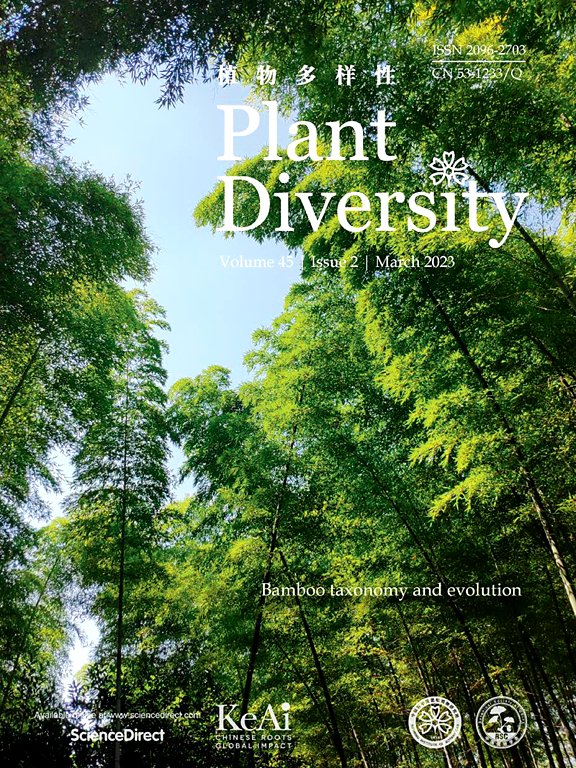
Assessing the Effectiveness of Community Managed Forests for Plant Diversity Conservation in Meghalaya, Northeast India
Publication Year: 2022
Author(s): Mir AH, Sarma K, Upadhaya K
Abstract:
In the state Meghalaya, northeast India, >80% of the forest lands are owned by local communities and managed by traditional institutions. These forests are under severe threats due to a number of human disturbances. The present study was conducted to assess the plant diversity and identify the community forests for priority conservation in Khasi Hills of Meghalaya. Floristic explorations carried out in the 87 forests reveals the presence of 1300 plant species of which 400 are either rare, endemic or threatened. Of the different forest categories, reserve forests had the highest number of species (1190), followed by sacred forests (987 species) and village forests (786 species). Majority of the forests (56) had high-species richness, irreplaceability level (42 forests) and vulnerability level (54). In terms of area, 13.8% (1666.8 ha) fall under low risk while 1855 ha under high risk zone. High risk zone was mostly represented by village forests. An area of 7661.56 ha of community forests falls under high priority category and hence calls for immediate conservation actions.
Source of Publication: Plant Diversity
Vol/Issue: 44 (3), 2022, 243-254p.
DOI No.: https://doi.org/10.1016/j.pld.2021.11.010
Publisher/Organisation: KeAi Communications Co., Ltd, Elsevier Ltd.
URL:
https://www.sciencedirect.com/sdfe/reader/pii/S2468265921001530/pdf
Theme: Traditional/ Indigenous Knowledge | Subtheme:
Related Documents
Research Papers/Articles

Abstract:
The Cordillera region occupies a mountainous and forested area in the northern most part of th... Read More
Research Papers/Articles
Wild Plants from Open Markets on both sides of the Bulgarian-Turkish Border
Published Year: 2015
Abstract:
Open markets are an integral part of urban areas that provide a means for intense sharing of k... Read More



